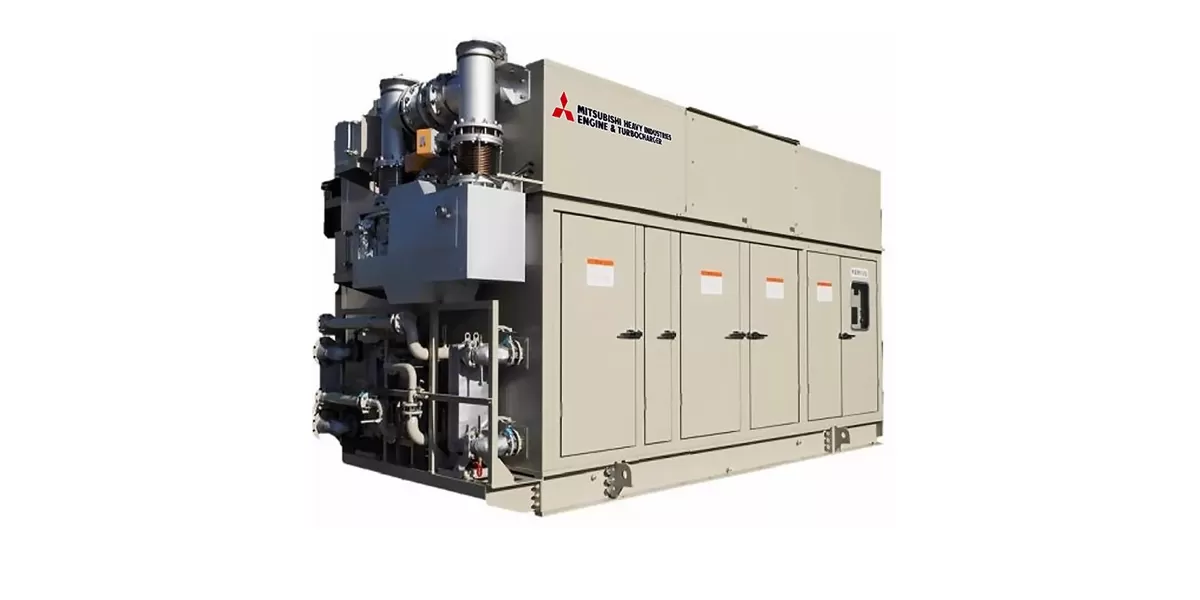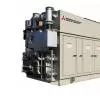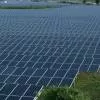AMOL DESAI takes us through the various construction applications where EPS geofoam can be used owing to its light weight, strength, and ease of use.
Geofoam is a rigid, engineered, lightweight fill material typically made of expanded polystyrene (EPS). For fills, an advantage of EPS geofoam is its low weight: 1-2 per cent of the weight of the soil. In 2006, the US Federal Highway Administration designated geofoam as a priority, market-ready technology, with a deployment goal that the material will be a routinely used lightweight-fill alternative on projects where construction timelines are a concern. Today, geofoam is fully recognised and has seen increased use in commercial and residential applications.
Physical properties
Typical densities for EPS fill are between 12 and 46 kg per cu m, therefore maintaining a predictable compressive strength suitable for many structural applications.
EPS geofoam offers predictable engineered values; this simplifies design and construction. The material is commonly available with compressive resistance values ranging from 15 to 128 kPa, 1 per cent deformation (the conservative elastic limit stress).
As long as combined dead or live loads are under this strain threshold, the material will not creep or experience plastic yield.
As geofoam has a closed-cell structure, it does not readily absorb water, making it suitable for below-grade applications.
The material is durable and does not require maintenance under normal conditions throughout its service life. It is inert and highly stable - it will not decompose or produce undesirable gases or leachates. It is suitable for use in demanding environmental conditions. EPS geofoam is recyclable, and project teams can order the material with recycled content.
Varied application
In areas of high seismicity, engineers are recognising the advantages of using geofoam, especially for buried utilities such as natural gas pipelines. EPS geofoam is used in the following applications:
Lateral load reduction on structures: EPS geofoam significantly reduces lateral loads on retaining walls and building foundations. The material has an extremely low Poisson´s ratio and high coefficient of friction, which helps enable placement of blocks in a way that replaces the sliding soil wedge above the angle of repose. By replacing the active wedge with EPS geofoam, savings up to 70 per cent of total project costs compared to traditional concrete walls designed to retain soil can be achieved. There is reduction in labour and material costs, structural steel and concrete wall thickness, and fewer footings. Another key advantage of using the material in retaining wall applications is the allowance for taller walls in narrower rights-of-way.
Soft soil remediation: Ground with soft soils or soft clay makes construction difficult. These soft surfaces are notoriously poor foundations for many projects, and can require extensive remediation. Instead of choosing costly (surcharging) and time-consuming remediation of soft soils, projects of all sizes can install EPS geofoam, which provides high load support while maintaining a low weight.
Slope stabilisation: EPS geofoam´s low weight makes it an excellent option for stabilising steep slopes without the need to change the final slope geometry. As the material is much lighter than other fills, it greatly reduces the weight of a slope´s driving block and lowers the risk of costly and dangerous slope failures. Additionally, as slope stabilisation generally happens on steep and uneven terrain, using EPS geofoam simplifies construction as crews can move and place it without heavy earthmoving and compaction equipment, greatly speeding up the construction schedule.
Dead load reductions over buried utilities: Geofoam can be an ideal option to reduce dead and lateral loads on underground pipes, culverts, and tunnels, while at the same time providing high thermal insulation values that protect against temperature fluctuations. Geofoam also can protect utilities during seismic shocks.
Lightweight structural void fill: Given its low weight, EPS geofoam is also well suited as a structural void fill in concrete forming operations. Applications include bridge column formwork, stadium seating in auditoriums and sports arenas, stairways, podiums, loading docks, and rooftop pool decks.
Design considerations
As with any construction material, certain design considerations must be acknowledged where geofoam is used. First, geofoam is subject to damage when exposed to certain hydrocarbon chemicals or solvents. Consider the presence of these items during construction. If needed, the geofoam can be blanketed with hydrocarbon-resistant geo-membranes for protection. Second, it is treated with a fire retardant to avoid the rapid spread of fire. However, EPS geofoam is combustible at high temperatures. Third, geofoam exposed to sunlight for extended periods of time is susceptible to degradation from ultraviolet light, although the degradation does not tend to hinder the product´s integrity. Instead, superficial discoloration generally occurs and can be removed by brooming it off or light pressure washing. Further, given its lightweight nature, the material has to be carefully stockpiled on job sites where windy conditions exist. Last, if hydrostatic pressures are a potential concern, drainage around a geofoam assembly might be needed. At times, drainage blankets, pea gravel, or #57 stone are used.
Placing geofoam
EPS geofoam has an advantage over the traditional soil compaction phasing method, in which contractors mechanically compact soil to a percentage of dry density. The material is homogenous and provides uniform load transfer and eliminates differential settlement. Further, geofoam can be manufactured in many sizes and shapes; standard blocks can be easily trimmed to required dimensions using a hot wire cutter, handsaw or a chainsaw. The blocks can be manoeuvred by hand or placed with small mechanical equipment. Geofoam is typically placed on level ground with the first course sitting on sand, pea gravel, or any locally available permeable levelling course material. When placing geofoam, the blocks are staggered; hence their joints are not located on the same vertical plane. At times, the blocks are interconnected with either barbed plates or adhesive.
Cost-saving advantages
Geofoam fill can be supplied and placed easily at project sites. Moreover, shotcrete, or soil, can be placed directly against geofoam, eliminating the need for expensive forming. Also, as several-feet-thick geofoam can be placed in short time, project construction time is reduced; and less settlement decreases maintenance costs. What´s more, tight construction scheduling can easily be maintained.
About the author:
Amol Desai is associated with Supreme Petrochem, in the capacity of General Manager-Business Development for EPS raw material.
Share an innovative material at feedback@ConstructionWorld.in




















